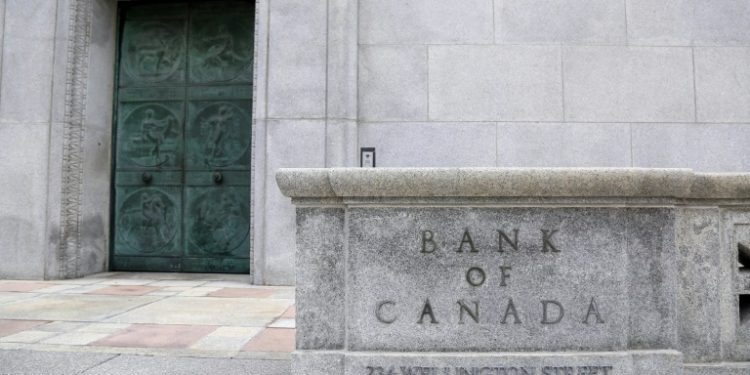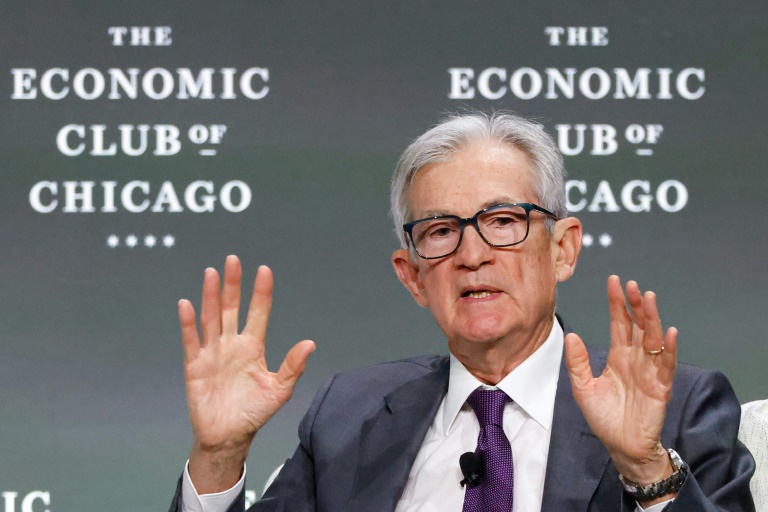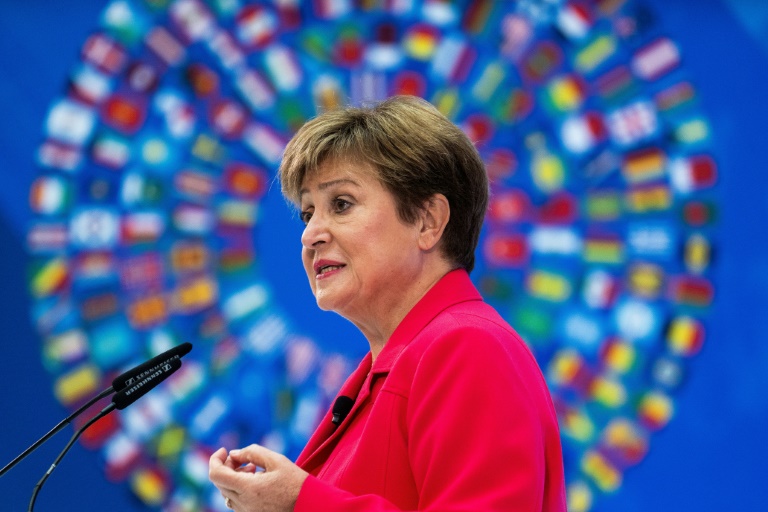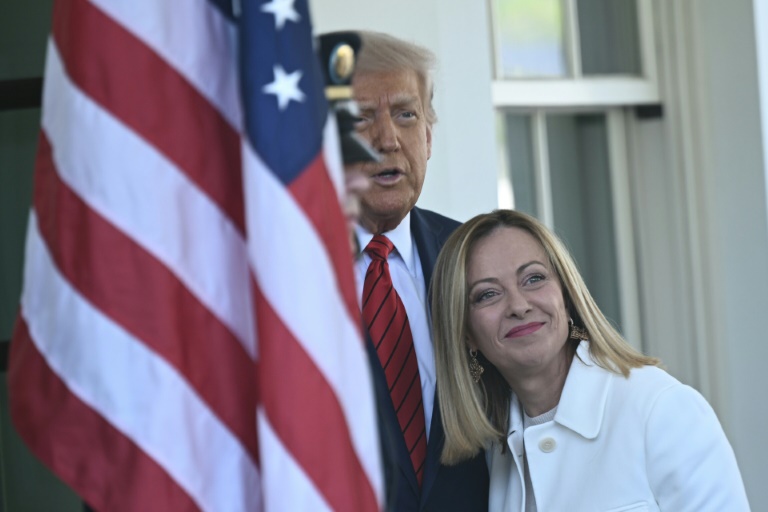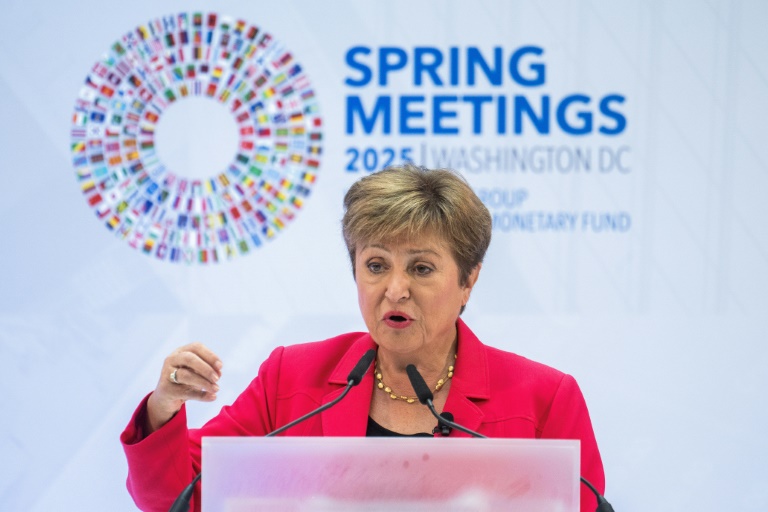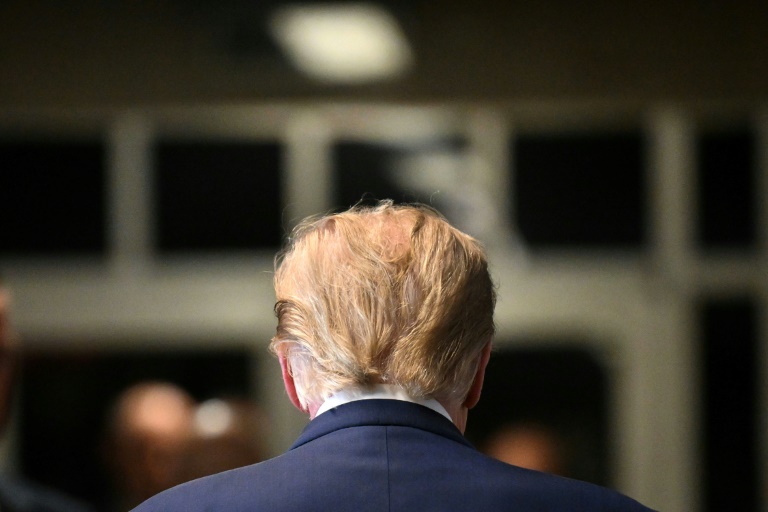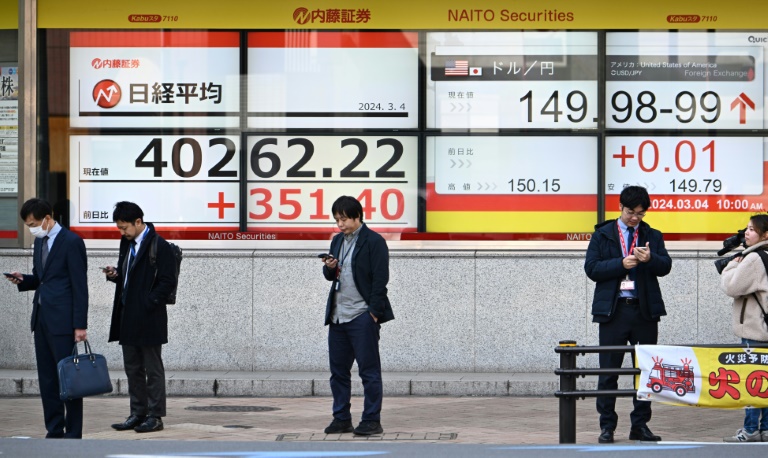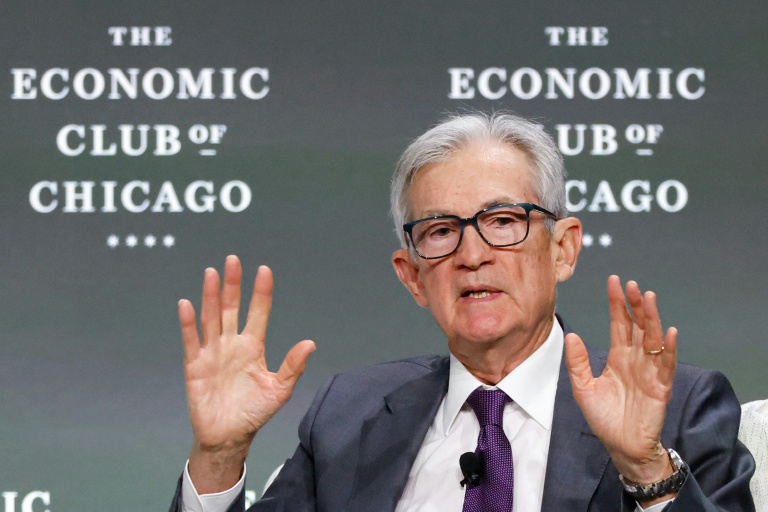Ottawa (AFP) – Canada’s central bank on Wednesday lowered its key lending rate by 50 basis points to 3.25 percent, seeking to aid a slowing economy facing uncertainty following a tariff threat from US President-elect Donald Trump. The cut is the Bank of Canada’s fifth since June — in line with expectations. It previously raised rates from record lows in 2023 to rein in inflation, which has fallen to its target level.
“The Governing Council decided to reduce the policy rate by a further 50 basis points to support growth and keep inflation close to the middle of the 1-3 percent target range,” the bank said in a statement. It noted the Group of Seven economy had grown at a slower pace than anticipated in recent months. It will likely slow further next year, due partly to an announced reduction in immigration levels, the bank predicted.
“The possibility the incoming US administration will impose new tariffs on Canadian exports to the United States has increased uncertainty and clouded the economic outlook,” the bank said. It added that inflation, which sank to 2.0 percent over the summer, will continue to be muted over the coming years.
– ‘No one knows how this will play out’ – The Canadian economy grew by one percent in the third quarter, pulled down by lower business investment and exports, but buoyed by an uptick in consumer spending and housing activity. The fourth quarter “also looks weaker than projected,” the bank said.
Trump, who takes office in January, has threatened to slap 25 percent tariffs on imports from Canada and Mexico, accusing both of allowing the United States to be flooded with illicit drugs, namely fentanyl, and undocumented migrants. Canadian Prime Minister Justin Trudeau said this week such tariffs would be “devastating” for his country. More than three-quarters of Canadian exports go to its southern neighbor.
Bank of Canada Governor Tiff Macklem also said the tariffs would be “very disruptive” to the Canadian economy, but also to the US economy. “No one knows how this will play out in the months ahead, whether tariffs will be imposed, what exemptions get agreed, or whether retaliatory measures will be taken,” Macklem told a news conference in Ottawa. “This is a major new uncertainty,” he added.
Macklem said Canadians could “anticipate a more gradual approach to monetary policy” going forward. Analysts forecast rates to fall further to around 2.0 percent between mid-2025 and early 2026, with several pauses along the way.
© 2024 AFP

